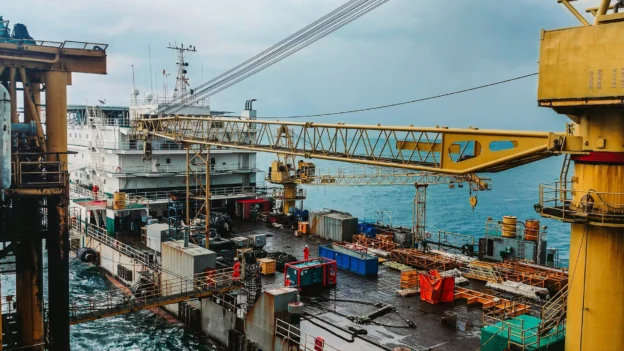The U.S. Department of the Interior officially announced the start of a new 5-year offshore leasing program focused on unlocking the energy potential of the Outer Continental Shelf (OCS). The plan calls for the opening of up to 34 potential exploration and production areas in strategic areas such as the Gulf of Mexicobetween 2026 and 2031.
The initiative came under the directive of Secretary of the Interior Doug Burgum, who instructed the Bureau of Ocean Energy Management (BOEM) to develop an updated and aggressive schedule. The first sale is expected to take place in December of this year, the first since 2023.
Projected economic impact
The new leasing program will cover up to 1.27 billion acres spread across 21 of the 27 current Outer Continental Shelf planning areas. These areas include 21 areas off Alaska, 7 in the Gulf of Mexico and 6 on the Pacific coast, plus the creation of a new administrative region, South Central Gulf of America.
According to data from the Energy Information Administration, offshore offshore production accounts for 14% of total U.S. crude oil, equivalent to nearly 2 million barrels per day. In addition, it is estimated that the shelf still contains 68.8 billion barrels of oil and 229 trillion cubic feet of undiscovered natural gas.
If an active agenda is maintained, it is estimated that the country could raise more than $8 billion in additional public revenues by 2040.
API supports the plan
The announcement was greeted with enthusiasm by the American Petroleum Institute (API)The announcement was greeted with enthusiasm by the American Petroleum Institute (API), whose president, Mike Sommers, described the new program as a historic step towards freeing up the country’s vast offshore resources. From the industry’s perspective, the predictability of this type of program allows for long-term investment planning, job creation and the maintenance of the highest safety standards.
In addition, API highlighted that the offshore industry U.S. offshore industry produces some of the least carbon-intensive barrels in the world, which strengthens competitiveness against other markets and aligns energy interests with environmental goals.
Public participation and next steps
Prior to final approval, the Department of the Interior is opening a new 60-day public consultation period, where citizens, businesses, states and organizations will be able to submit comments on the draft plan. The proposal was prepared after analyzing more than 86,000 opinions received in April 2025, which shows the high interest of the industry and society in this issue.
Each future concession will be subject to additional technical and environmental reviews, including new rounds of public consultation, before being awarded.
Source: U.S. Department of the Interior.

